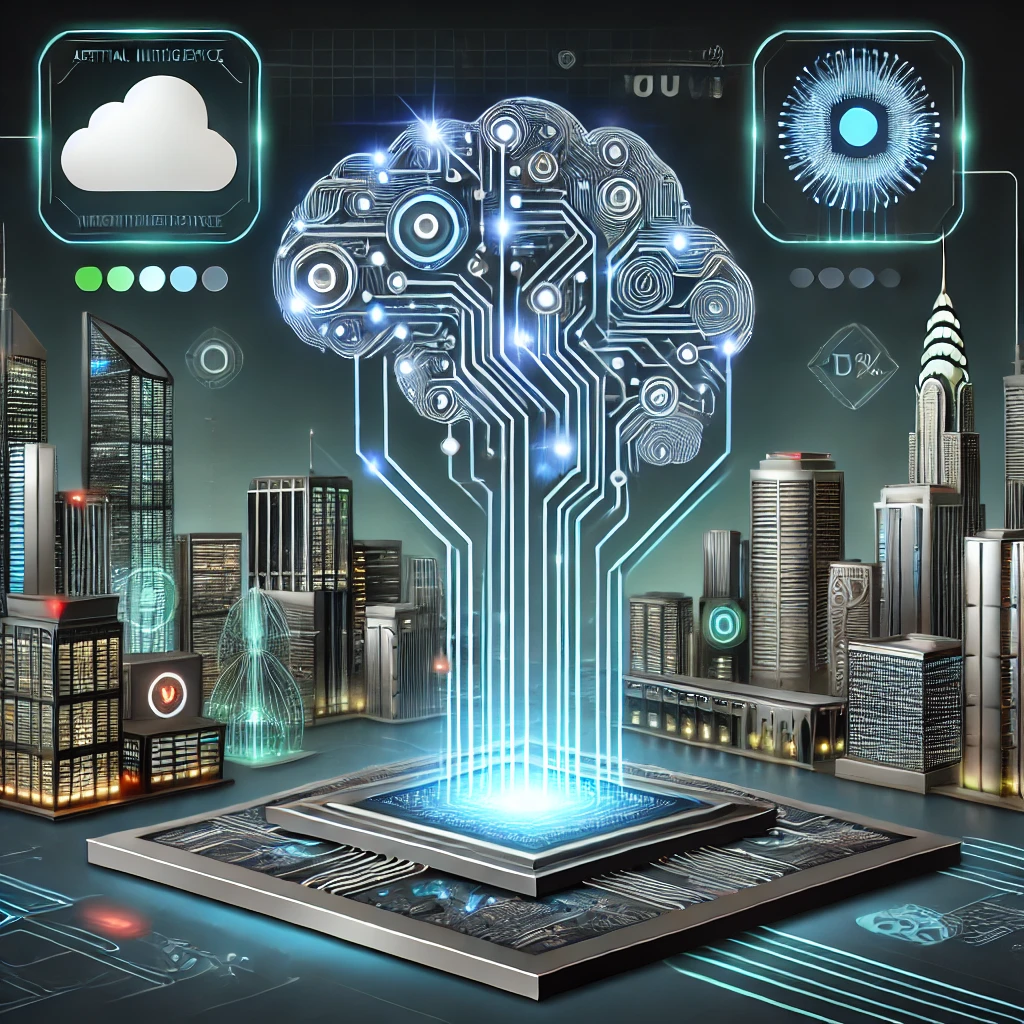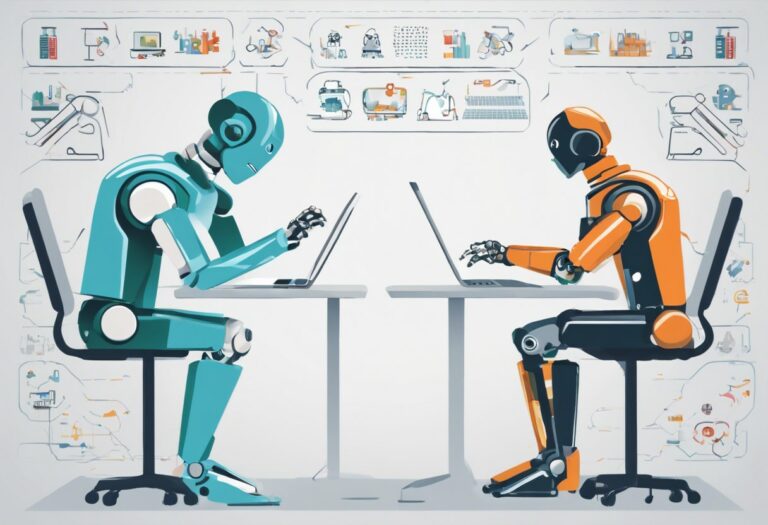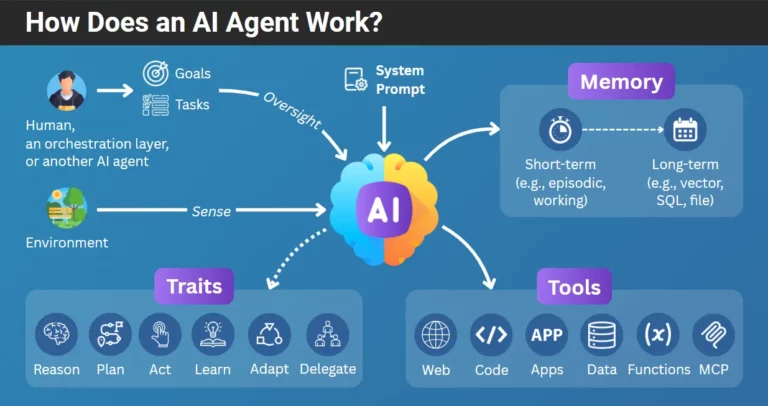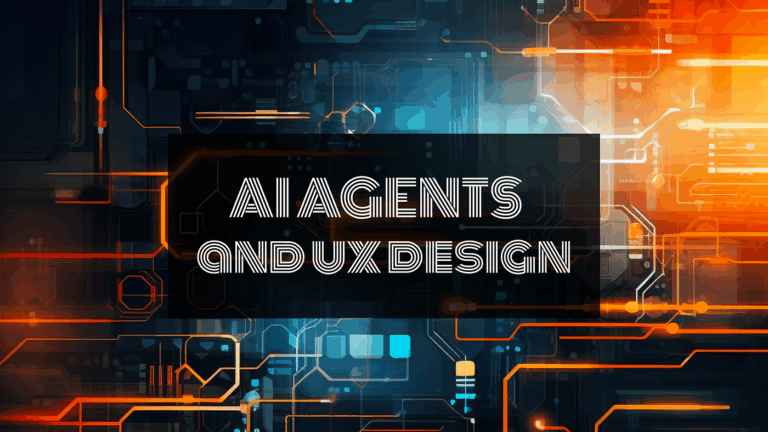
Introduction
In 2025, artificial intelligence (AI) is not just an emerging tool—it is the backbone of innovation across the entire information technology landscape. From cloud infrastructure to cybersecurity, software development to customer support, AI is reshaping how IT professionals design systems, solve problems, and deliver value.
This article explores the key areas where AI is making the biggest impact in IT, with real-world applications, trends, and what’s next for the digital future.
SEO keywords: AI in IT 2025, artificial intelligence and information technology, AI for cloud computing, AI DevOps tools, future of IT with AI, AI-powered cybersecurity
1. AI at the Core of Modern IT
1.1 AI-Driven Infrastructure
Cloud service providers like AWS, Microsoft Azure, and Google Cloud are deeply integrating AI into infrastructure management. These platforms use predictive algorithms to optimize resource allocation, balance loads, and detect anomalies in real time.
AI-powered orchestration enables more efficient container management (e.g., Kubernetes auto-scaling) and enhances multi-cloud strategies.
1.2 Hyperautomation in IT Operations
Hyperautomation refers to the use of AI and machine learning (ML) to automate as many business and IT processes as possible. In IT operations (ITOps), this includes automatic ticket routing, infrastructure monitoring, log analysis, and even proactive maintenance.
Tools like AIOps platforms (Artificial Intelligence for IT Operations) are now essential for handling vast data streams and delivering intelligent alerts.
2. AI and Software Development
2.1 AI-Assisted Coding and Testing
AI-powered coding assistants like GitHub Copilot, Tabnine, and Amazon CodeWhisperer have drastically changed how developers write code. These tools generate function-level suggestions, auto-complete entire blocks, and reduce repetitive coding.
In 2025, AI is also heavily used in unit testing, test case generation, and static code analysis, leading to faster, more reliable deployments.
2.2 DevOps and MLOps Revolution
DevOps teams are leveraging AI to streamline CI/CD pipelines. AI algorithms optimize build times, predict deployment failures, and suggest performance improvements.
Meanwhile, MLOps (Machine Learning Operations) ensures that machine learning models can be deployed, monitored, and updated like any other software service—automatically and at scale.
3. AI in Cybersecurity
3.1 Intelligent Threat Detection
In today’s evolving threat landscape, static rule-based security is no longer sufficient. AI-based security systems continuously learn from new threats, anomalies, and behavioral patterns to detect zero-day attacks and insider threats.
Security Information and Event Management (SIEM) tools are now integrated with AI, offering real-time threat intelligence and predictive alerting.
3.2 AI for Identity and Access Management
Facial recognition, behavioral biometrics, and AI-enhanced multi-factor authentication (MFA) are enhancing secure access protocols. These systems adapt to user behavior to identify suspicious activity—such as unusual login locations or keystroke dynamics.
4. AI and Cloud Computing
4.1 Intelligent Resource Scaling
AI is revolutionizing how resources are managed in cloud environments. It can forecast demand, optimize virtual machine (VM) allocation, and reduce underutilization—cutting costs dramatically for businesses.
Serverless computing also benefits, with AI engines automatically managing execution environments without developer intervention.
4.2 AI-Powered Cost Optimization
Cloud costs have been a growing concern. AI-based analytics tools help organizations understand usage patterns, recommend budget-saving actions, and enforce spending limits through intelligent alerts.
5. AI in IT Helpdesk and Customer Support
5.1 Virtual Agents and Chatbots
AI chatbots now handle up to 80% of first-level support queries. They use NLP (natural language processing) to understand user intent and provide contextual responses. Integration with ticketing systems (like Zendesk, Freshdesk) ensures seamless escalation when needed.
5.2 Sentiment and Behavior Analysis
AI tools analyze user tone, behavior, and language to predict frustration or satisfaction—enabling IT support teams to intervene early or prioritize cases effectively.
6. AI in Network Management
AI is transforming how networks are monitored, managed, and secured. Network AI tools analyze real-time traffic, detect anomalies, predict failures, and automate troubleshooting.
Software-defined networking (SDN) powered by AI enables adaptive routing based on usage, latency, and congestion.
7. Ethical AI and Governance in IT
7.1 Bias and Transparency
As AI systems become embedded in IT operations, ensuring fairness, explainability, and transparency is crucial. Governance frameworks are being developed to assess how AI makes decisions in areas like hiring, access control, and resource distribution.
7.2 Regulatory Compliance
Global regulations like the EU AI Act, U.S. NIST guidelines, and ISO/IEC standards are pushing companies to adopt ethical AI frameworks. IT departments now play a central role in compliance enforcement.
8. The Future: AI-First IT Departments
By 2025, leading enterprises have adopted AI-first IT strategies. AI is no longer just a tool—it’s a decision-maker, an analyst, a guard, and a collaborator. IT roles are shifting from executors to supervisors of intelligent systems.
IT professionals are now expected to work alongside AI to build trustable, scalable, and responsible systems.
9. Benefits of AI in IT
- 🚀 Faster deployment cycles
- 🧠 Smarter decision-making based on real-time data
- 💰 Cost savings through intelligent optimization
- 🔒 Enhanced security and compliance
- 🎯 Predictive maintenance and proactive monitoring
10. Challenges and Considerations
Despite its promise, AI integration in IT faces hurdles:
- Data privacy concerns
- Algorithm bias and black-box decision making
- Talent gaps in AI-IT crossover skills
- Dependency on vendor ecosystems
Addressing these challenges requires cross-functional collaboration between data scientists, IT engineers, and compliance officers.
Conclusion
Artificial intelligence is no longer a futuristic buzzword in IT—it’s the engine that’s powering the digital transformation of infrastructure, security, development, and support. In 2025, companies that leverage AI effectively in their IT environments will enjoy improved performance, agility, and customer satisfaction.
As the AI revolution continues, IT professionals must adapt, learn, and lead the change toward smarter, more autonomous systems.







